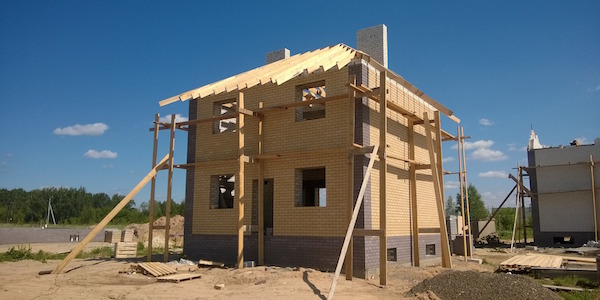The White House released a Housing Development Toolkit in September that highlights regulatory barriers to housing development and outlines tools and strategies that local governments can use to diminish the impact these barriers have on housing production and affordability.
The President’s FY2017 HUD budget includes a $300 million proposal for Local Housing Policy Grants aimed at modernization of housing regulatory approaches. The tools and strategies include:
• Establishing by-right development
• Taxing vacant land or donating it to nonprofit developers
• Streamlining or shortening permitting processes and timelines
• Eliminating off-street parking requirements
• Allowing accessory dwelling units
• Establishing density bonuses
• Enacting high-density and multifamily zoning
• Employing inclusionary zoning
• Establishing development tax or value capture incentives
• Using property tax abatements
NAHB advocates moving toward fewer regulatory hurdles and more efficient development. Inefficiency costs developers and builders time and money, hurts affordability and availability, raises government administrative costs, and stifles economic growth.
Recently NAHB released “Development Process Efficiency: Cutting Through the Red Tape,” a report that offers examples of developers, builders, land-use officials, and other stakeholders working together to improve the local development review and approval process.
While many of the recommendations in NAHB’s report mirror those found in the White House toolkit, such as streamlining permitting and updating zoning, there are also key differences. NAHB believes that there is too much focus at all levels of government on inclusionary zoning. It’s even one of the strategies referenced in the White House toolkit as a preferred method of achieving affordable-housing goals. The problem is that inclusionary zoning is a complex market intervention and, like impact fees, is dependent on the varying pace of construction.
Inclusionary zoning isn’t flexible enough to respond to changing market conditions, and many communities find it produces an inadequate amount of affordable housing. Inclusionary policies as implemented in some communities act like a tax on housing construction—an expense passed on to middle-income consumers, as well as to builders and landowners.














